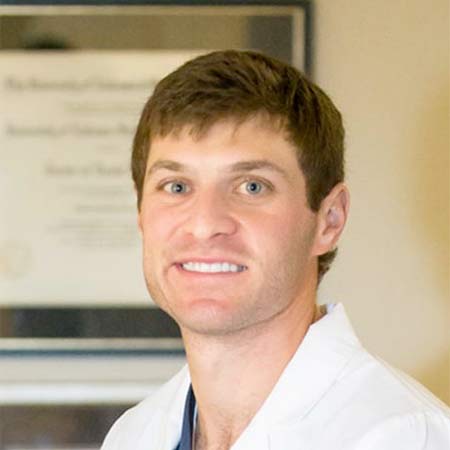The history of dental implants traces how people moved from crude tooth replacements to the precise, reliable implants used today. Dental implants are artificial tooth roots—usually metal posts—placed in the jaw to hold crowns, bridges, or dentures. This post summarizes the history of dental implants, touching key milestones from ancient attempts to modern breakthroughs so you can understand how the treatment became safe and predictable.
Readers will learn early efforts at tooth replacement, the modern discovery of osseointegration, recent technological advances, and why that history matters when choosing care.
Early attempts: ancient times through the 1800s
People have tried replacing missing teeth for thousands of years. Archaeologists have found examples of shells, animal teeth, and even gold used to replace or decorate missing teeth in ancient Egypt, Mexico, and other cultures. These were often cosmetic or ceremonial and rarely integrated with the jaw.
In the 1800s, experimenters tried materials like porcelain and ivory. Some set teeth into gums or bone, but infections and lack of stable bonding to bone made long-term success rare. Without a reliable way for materials to fuse to living bone, many early efforts failed and often caused pain or rejection.
The modern breakthrough: Brånemark and osseointegration (1950s–1970s)
The big change came when Swedish researcher Dr. Per-Ingvar Brånemark discovered that titanium could bond directly to bone. In the 1950s he observed titanium integrating with bone during experiments and later applied that idea to dentistry. This process, called osseointegration, became the scientific foundation for modern dental implants.
By the 1960s and 1970s Brånemark and colleagues placed titanium implants in patients and began long-term studies. Those clinical cases showed that titanium implants could remain stable and functional for many years. The research moved the field from experimental repairs to predictable dentistry.
Recent advances and how implants work today
Today’s implants build on decades of research and technology. Key improvements include stronger implant materials and advanced surface treatments that encourage faster, stronger bone bonding. Computer-guided planning and 3D imaging let clinicians place implants more accurately. Options like immediate-load implants can provide temporary teeth the same day in some cases. Prosthetic crowns, abutments, and implant designs have also improved for better fit, function, and appearance.
Types of implants now used
- Endosteal – the most common, titanium screws placed into the jawbone for single crowns, bridges, or full-arch restorations.
- Subperiosteal – a framework placed on top of the jawbone but under the gum, used when there is not enough bone for endosteal implants.
- Zygomatic – longer implants anchored in the cheekbone (zygoma) for patients with severe upper jaw bone loss.
Safety, success rates, and typical recovery
Modern implants have high success rates. For healthy patients and well-placed implants, long-term success commonly falls in the mid-90s percentage range. Risks include infection, implant failure, or nerve irritation, but careful planning and sterile technique reduce these problems. Typical recovery includes initial soft-tissue healing over a few weeks and full bone integration over several months, though some protocols speed this with immediate loading when appropriate.
Why the history of dental implants matters for you
Knowing the history of dental implants shows how research and better materials made implants safer and more predictable. That long track record gives patients confidence that modern implant care rests on solid science and decades of outcomes data.
When you consider implants, choose a provider with documented experience and modern imaging and planning tools. A skilled team can explain options—like endosteal or zygomatic implants—based on your anatomy and goals. To learn what makes sense for your smile, schedule a consult with an implant-experienced clinician and ask about their success rates and technology.





